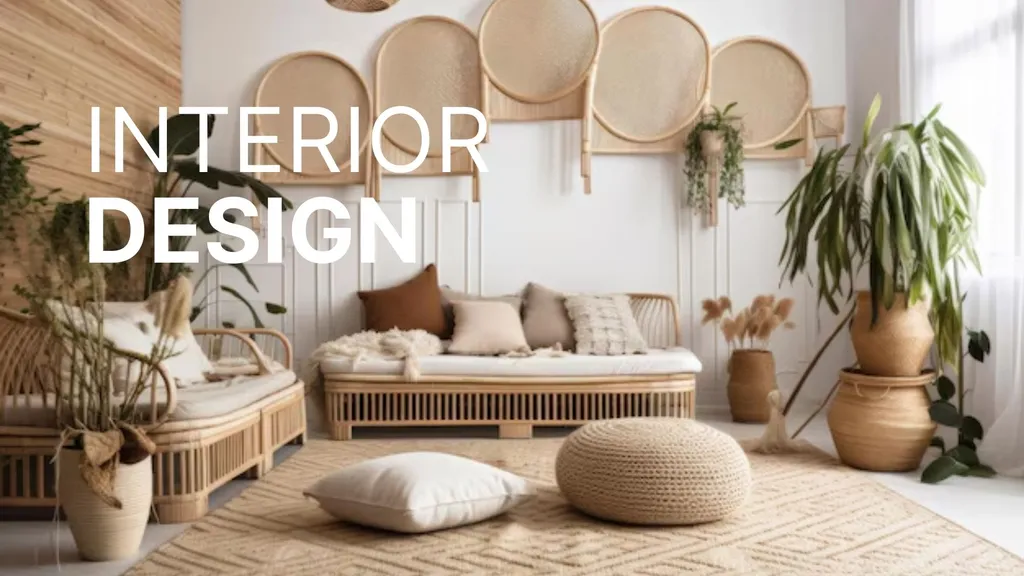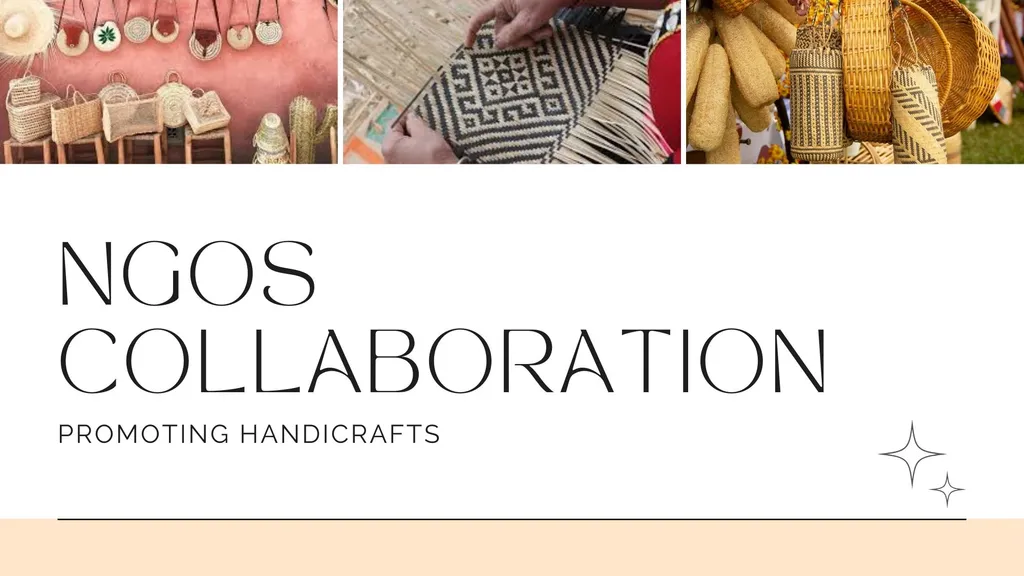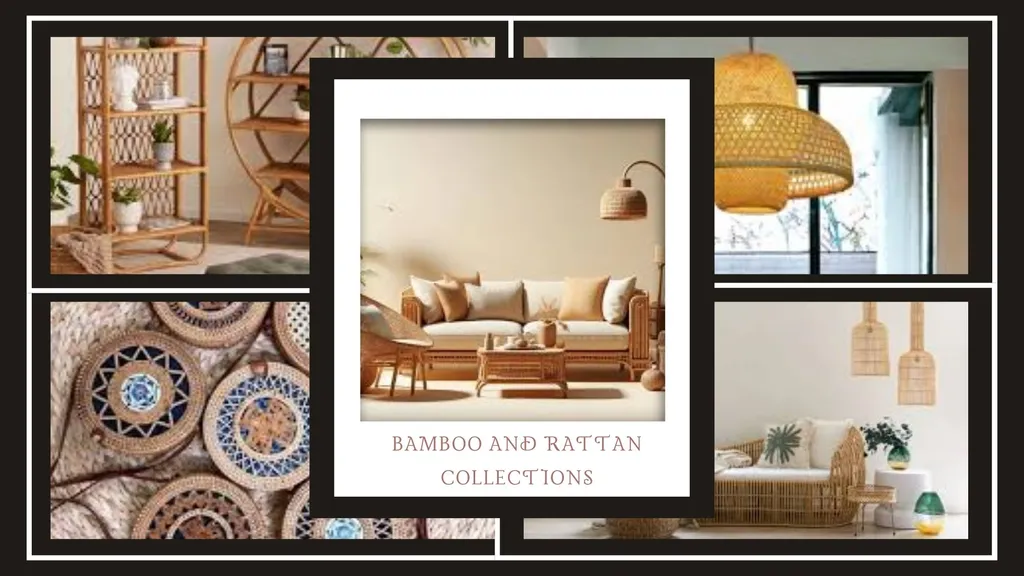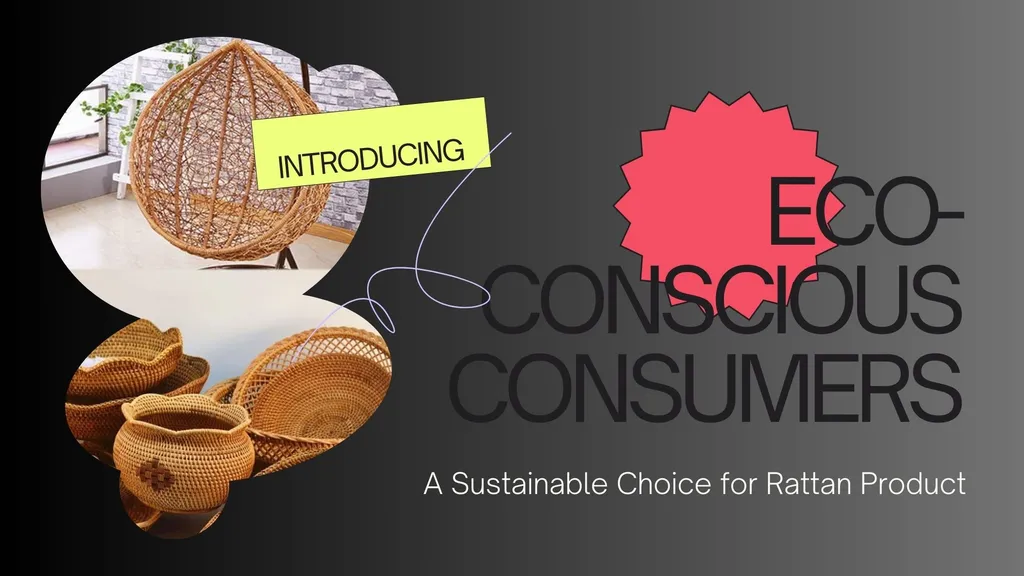Contents

In the dynamic world of interior design, rattan and bamboo have surged in popularity, captivating designers and homeowners with their eco-friendly allure and timeless aesthetic. Rooted in the lush landscapes of Southeast Asia, these versatile materials blend sustainability with style, redefining modern living spaces. This blog explores how rattan and bamboo are shaping global design trends, offering a harmonious balance of tradition, innovation, and environmental consciousness.
The Rise of Rattan and Bamboo in Interior Design
Rattan and bamboo are celebrated for their sustainability and unique aesthetic. Rattan, known for its flexibility and rustic charm, molds effortlessly into furniture and décor, adding warmth and texture to spaces. Its adaptability suits styles from bohemian to contemporary. Bamboo, with its strength and rapid renewability, shines in minimalist and modern designs, aligning with biophilic trends that connect interiors with nature. As sustainability becomes a priority, these materials lead the charge in eco-conscious design.
Why Rattan and Bamboo Stand Out
Rattan: Its pliable nature allows for intricate weaves and organic shapes, perfect for cozy, natural aesthetics.
Bamboo: Sleek and robust, it offers a polished look for modern spaces, with a lightweight yet durable structure.
Eco-Friendly: Both materials boast rapid renewability, minimal environmental impact, and support for biodiversity, making them ideal for sustainable design.
Global Trends and Cultural Inspirations
Rattan and bamboo transcend borders, reflecting cultural heritage and modern innovation. In Asia, bamboo is a symbol of tradition, used in everything from architectural frameworks to delicate furniture. Rattan’s durability shines in woven pieces that embody local craftsmanship. Globally, designers embrace these materials for their ability to merge traditional techniques with contemporary aesthetics, creating spaces that feel authentic and eco-conscious.
Innovative Applications in Interiors
From residential homes to commercial spaces, rattan and bamboo are transforming interiors:
Bamboo: Used in flooring, wall panels, and lighting fixtures, its natural grain adds organic elegance.
Rattan: Woven into sculptural furniture and wall hangings, it brings tactile warmth to any space.
Biophilic Design: Both materials enhance nature-inspired interiors, fostering tranquility and sustainability.
The Future of Sustainable Design
Rattan and bamboo are more than materials—they’re a statement of eco-conscious living. Their versatility, durability, and sustainability make them cornerstones of modern interior design, bridging style and environmental responsibility. As demand for green solutions grows, these materials pave the way for a future where design and nature coexist harmoniously.
For premium, ethically sourced rattan and bamboo products, explore the offerings at Ethical Handicraft Manufacturer (EHM), a leader in sustainable craftsmanship.





